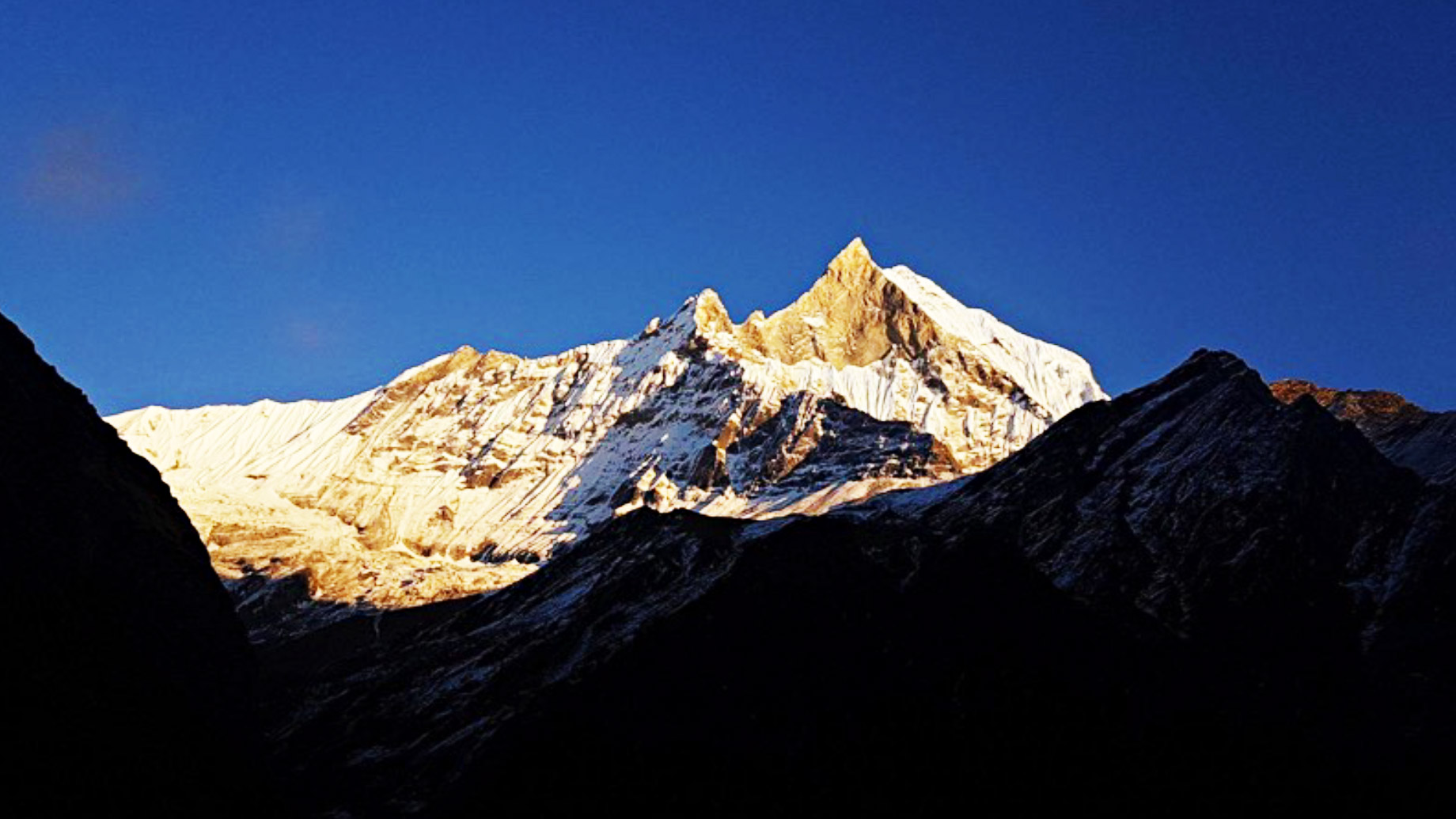
The Everest Base Camp Trek is a necessity for explorers everywhere. It takes you adjacent to the highest mountain in the world and lets you experience the distinct culture and beautiful background of the Himalayas. This guide will tell you what to suppose, how to get ready, and why this journey is somewhat you shouldn’t miss.
Weather and Conditions
Weather is a serious influence when scheduling your trek to Everest Base Camp Trek (EBC). The best periods to do this trek are before the monsoon (March to May) and after it (September to November). The weather is frequently even, with vibrant skies and minor temps. This makes for perfect trekking circumstances. Trekkers ought to prepare for unexpected variations at developed heights. This includes snowfall and rapid temperature drops.
Scenery and views
The trek to Everest Base Camp is well-known for its splendid views. The minor Khumbu has luxurious valleys and compressed forests. Overhead Dingboche are plain, high-altitude sceneries. Each step exposes new beauty. Trekkers are content with spectacular views of the main peaks, like Lhotse, Nuptse, and Ama Dablam. Everest towers in the background.
Trekking Experience
The EBC trek is a thought-provoking however inspiring experience. The trail takes explorers through diverse landscapes. It has sharp, rocky pathways and freezing rubbles. Adaptation is important to avoid height sickness. Relaxation days are usually taken in Namche Bazaar and Dingboche. This trip tests both physical and mental limits. Explorers must grasp the base campground at 5,364 meters (17,598 feet).
Cultural Richness
The trek bids an exceptional enlightening engagement as well. The Sherpa people, known for their climbing skills and friendliness, occupy this region. Trekkers can stay ancient priories, whirl prayer wheels, and enjoy Buddhism. Namche Bazaar is a focus. It balances traditional Sherpa culture with modern reliefs.
EBC Trek in Monsoon: Lukla Flight
The monsoon season (June to August) positions unique challenges for the EBC trek. It particularly marks flights to Lukla. The weather is changeable, with common rain and fog. These frequently cause flight delays and terminations. Trekkers should assume disturbances. They should add extra days to their journey for possible delays.
Why Choose the Everest Base Camp Trek During the Monsoon?
In spite of the encounters, hiking to EBC in the monsoon has its prizes. The trails are less packed, delivering a more peaceful and unsociable trekking experience. The sceneries are lush and green, with the vales filled with blooming wildflowers. Also, trekkers might appreciate more warm communications with locals due to fewer tourists.
Everest Base Camp Trek in Monsoon: Difficulty
Hiking to Everest Base Camp in the monsoon is irregular. The weather is changeable. The trails are greasy. Flights may be interrupted. However, the lush green landscapes and fewer crowds can reward you. Appropriate preparation is important to managing these challenges. It must contain waterproof equipment and a flexible journey.
Teahouse Accommodation
The EBC trail has teahouses for housing. They are simple lodges with basic facilities. These teahouses provide a warm meal, a place to sleep, and a chance to meet fellow trekkers. While facilities may be basic, they offer an authentic and cozy experience. Trekkers should be prepared for limited hot water and shared bathrooms.
Crowds & Costs
The EBC trek is popular. So, trails can get crowded at peak times in spring and autumn. Costs for the trek can vary widely depending on the level of comfort and services desired. Budget-conscious trekkers can find cheap options. Those wanting more comfort can choose guided tours with extra amenities.
Recommended Routes
The distinctive highway to Everest Base Camp starts with a flight from Kathmandu to Lukla. Then, you hike over Phakding, Namche Bazaar, Tengboche, Dingboche, and Lobuche to EBC. There are alternate roads and side trips. The Gokyo Lakes trek is one. It is less packed and just as beautiful.
What to Bring
Filling the right and seamless equipment is important for an effective trek. Important items are trekking boots, covered clothes, a good napping bag, and trekking poles. Correspondingly, bring a first-relief equipment, water cleansing tablets, and high-energy appetizers.
What to Pack for the Everest Base Camp Trek in the Monsoon
Packing for a monsoon trek wants extra attention. Waterproof equipment, containing a rain jacket, rain jeans, and a pack cover, is significant. Quick-drying clothing and extra pairs of socks will help accomplish the wet circumstances. Trekking limits can help on slippery trails. Waterproof boots are a must.
Everest Base Camp temperature in the monsoon
During the monsoon period, temperatures at Everest Base Camp can differ knowingly. Daytime temperatures can range from 10°C to 15°C (50°F to 59°F), while nighttime temperatures can drop below freezing. The high moisture and regular rain can make the trek tougher. But, with appropriate research, you can have a safe, enjoyable journey.
Conclusion
The Everest Base Camp trek is an exceptional and memorable venture for new trekkers. It offers fabulous views, rough hiking, and a rich culture. The popular spring and autumn seasons, and the noiselessness of the monsoon, will create lifelong memories and a deep sense of accomplishment. This means understanding the weather, packing the right gear, and familiarizing. Hold the journey, and you’ll determine why this trek is a lifelong dream for so many. If you’re observing for another incredible hiking experience, reflect on the Manaslu Circuit Trek, which offers correspondingly fabulous views and cultural prosperity.